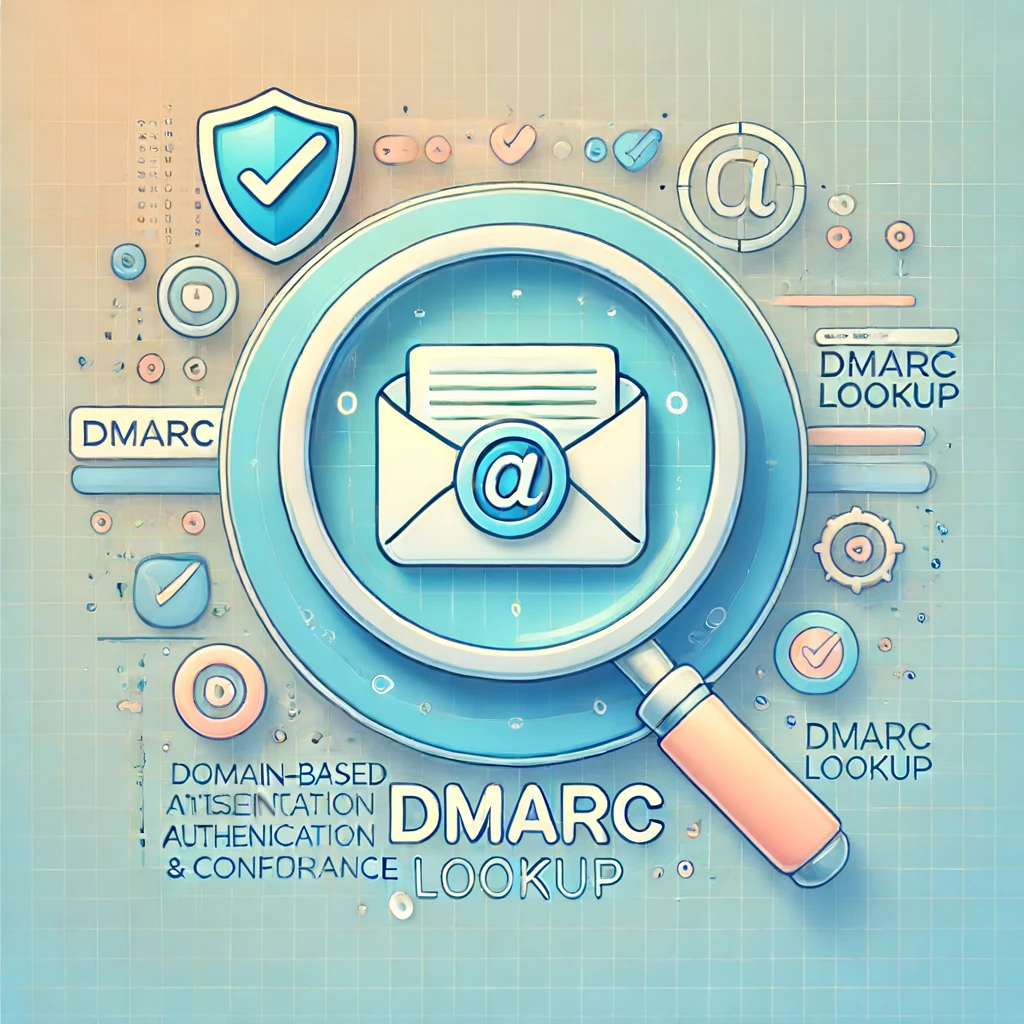DMARC: The Essential Tool for Email Security
DMARC (Domain-based Message Authentication, Reporting & Conformance) is a critical email authentication protocol that safeguards your domain from spoofing attacks. These attacks involve forging your email address to trick recipients into believing the message is legitimate. DMARC helps prevent this by verifying the sender's identity through existing protocols like SPF and DKIM.
By implementing DMARC, you gain greater control over your email security. You can instruct receiving mail servers on how to handle emails that fail authentication checks. This empowers you to quarantine or even reject suspicious emails, protecting your reputation and preventing sensitive information breaches.
DMARC's true power lies in its reporting capabilities. Beyond just verification, DMARC provides valuable insights into email activity associated with your domain. These reports reveal any unauthorized attempts to send emails under your name, even if they manage to bypass initial authentication checks. This advanced visibility allows you to identify potential security weaknesses and take proactive steps to address them before they evolve into costly cyberattacks.
Once you have it set up, it's time to test it with our very own eMail Tester.

